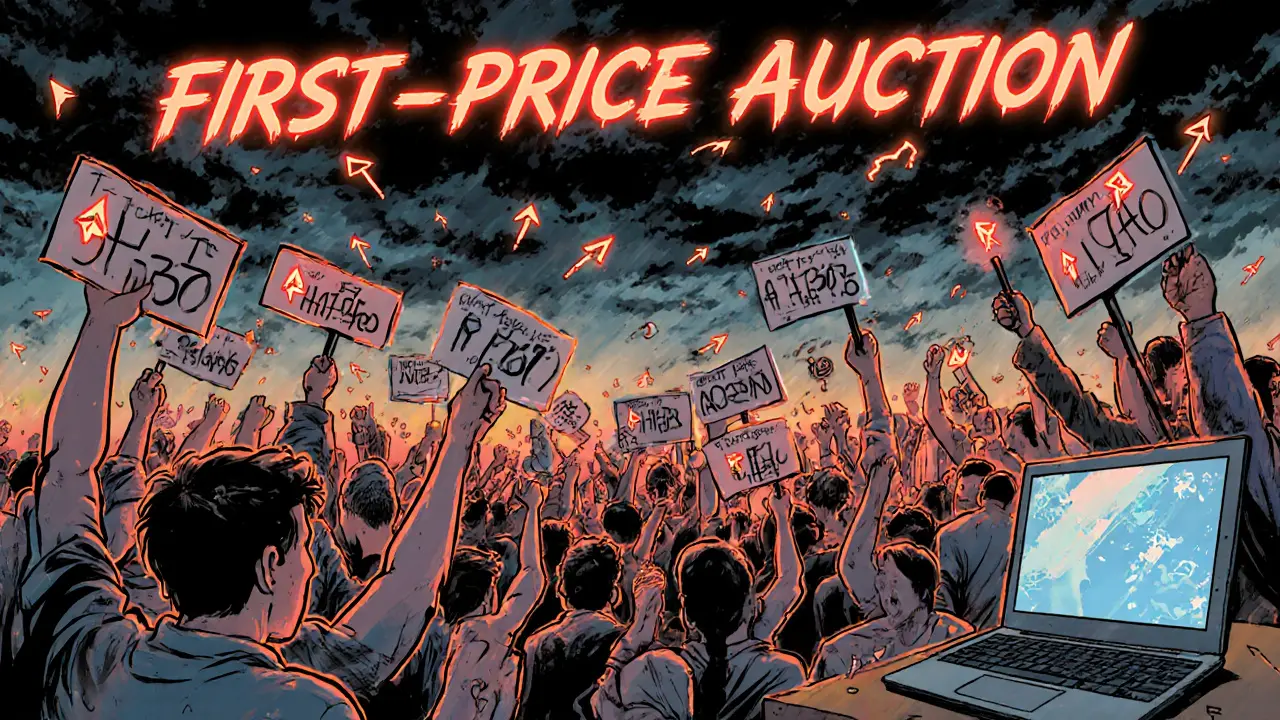Ethereum EIP-1559: How It Changed Fees, Mining, and Token Value
When Ethereum EIP-1559, a core upgrade to Ethereum’s transaction fee market that replaced auction-style bidding with a fixed base fee and burn mechanism. Also known as Ethereum fee market upgrade, it didn’t just tweak how you pay for transactions—it rewrote the rules of supply, demand, and value for ETH itself. Before EIP-1559, users scrambled to outbid each other during network congestion, paying unpredictable gas fees that sometimes hit $100 just to send a simple token. After it launched in August 2021, fees became predictable. The network now sets a base fee that adjusts automatically every block based on demand. And here’s the game-changer: that base fee doesn’t go to miners—it gets burned.
This burn mechanism turned Ethereum from a purely inflationary asset into one with deflationary pressure. Since its launch, over 5 million ETH have been permanently destroyed—worth billions at today’s prices. That’s not speculation. That’s math. Every time the network is busy, ETH gets removed from circulation. Miners still earn tips (called priority fees, optional tips users can add to incentivize faster inclusion of their transactions), but the bulk of the fee revenue vanished from their wallets. This shift made Ethereum’s economic model fundamentally different from Bitcoin’s, where miners get every fee. It also created a direct link between network usage and token scarcity. More activity? More ETH burned. Less activity? Less burning. It’s a self-regulating loop.
And it didn’t stop there. EIP-1559 made Ethereum more usable for everyday people and apps. Wallets could estimate fees accurately. DeFi users stopped overpaying by 500%. Even casual users stopped fearing gas spikes. The upgrade also laid the groundwork for the Merge, because it simplified how the network handled transaction data. It wasn’t just a fee fix—it was a foundation for scalability, security, and sustainability. Today, when you see ETH prices rise during high DeFi activity, part of that surge comes from the burn. It’s not magic. It’s code.
What you’ll find below are real stories from the crypto world that tie into this change: how it affected exchanges, how miners reacted, how scams popped up pretending to be "EIP-1559 airdrops," and how even unrelated tokens like MOCA or MONKY got caught in the ripple effects of Ethereum’s new economy. This isn’t theory. It’s what happened—and what still matters.
EIP-1559 transformed Ethereum's fee system by burning the base fee, reducing ETH supply and making gas costs predictable. Learn how it works, why it matters, and how it affects your transactions.

